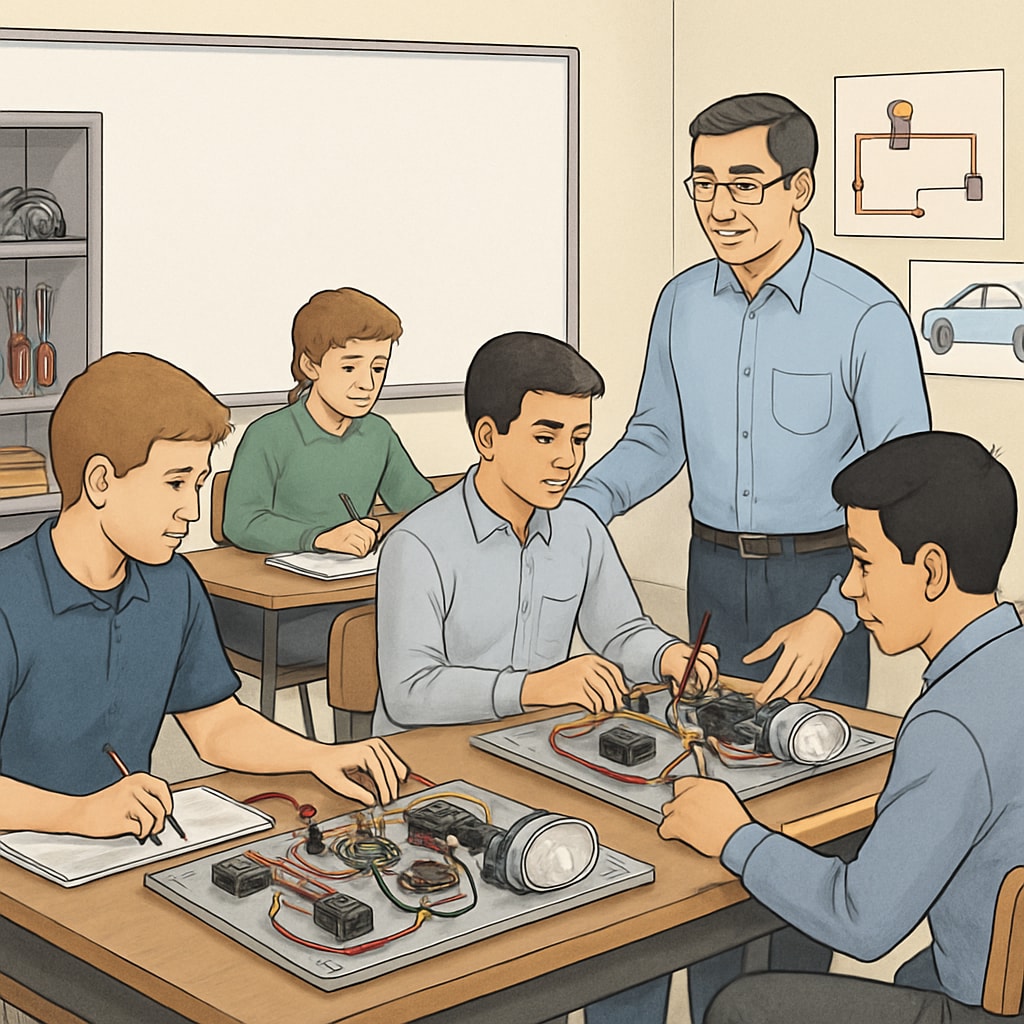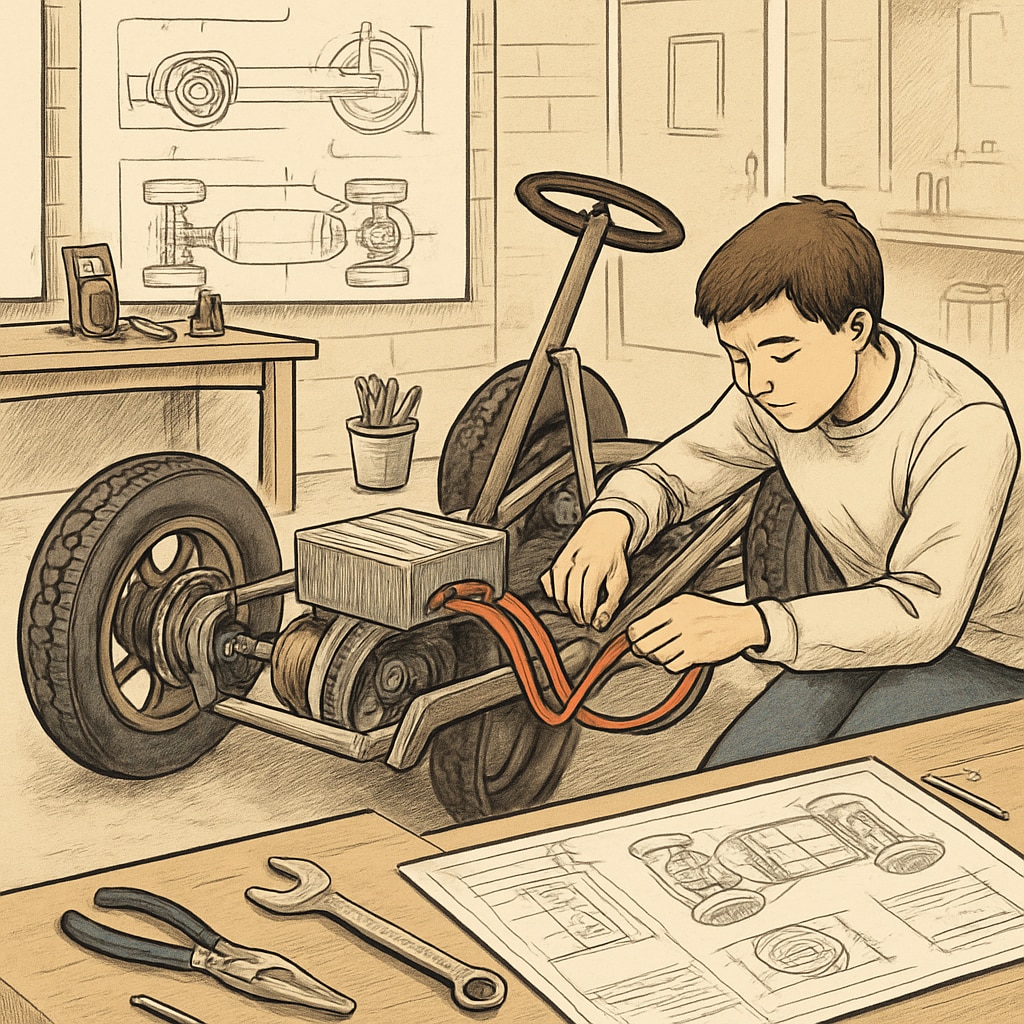In today’s rapidly evolving automotive industry, the demand for skilled professionals with expertise in electrical systems is steadily growing. Early exposure to electrical skills through K12 education and apprenticeship experiences opens doors for students to explore career opportunities in this dynamic sector. This foundational training not only builds technical competence but also strengthens the industry’s talent pipeline, ensuring a sustainable workforce for future innovation.

Why Electrical Skills Matter in the Automotive Industry
The automotive industry is undergoing a profound transformation with the rise of electric vehicles (EVs) and advanced electronic systems. As a result, electrical knowledge has become a cornerstone for professionals in this field. For example, competencies in circuitry, wiring, and diagnostics are essential for designing and maintaining EVs. Early education programs that focus on these skills prepare students to meet industry demands and contribute to technological progress.
Furthermore, hands-on apprenticeship opportunities allow students to apply theoretical concepts to real-world scenarios. This experiential learning bridges the gap between academic knowledge and practical application, making students better equipped for the challenges of automotive careers.
Integrating Electrical Apprenticeships into K12 Education
Introducing electrical apprenticeship programs in K12 education is a promising strategy to build career readiness. Schools can partner with local automotive companies to design curricula that align with industry needs. For instance, students can participate in workshops, internships, or mentorship programs, gaining exposure to electrical systems used in modern vehicles.
Key benefits of integrating apprenticeships include:
- Practical Skills Development: Students acquire hands-on experience with tools and technologies used in automotive electronics.
- Career Awareness: Exposure to industry professionals helps students understand potential career paths and required qualifications.
- Industry Collaboration: Partnerships between schools and companies create a seamless transition from education to employment.

Building Bridges Between Education and Industry
To ensure the long-term success of these initiatives, it is crucial to establish strong collaborations between educators and industry leaders. Automotive companies can provide resources, such as training materials and guest speakers, to enrich the learning experience. In return, schools can offer a pool of motivated and well-trained students ready to join the workforce.
Additionally, government support for vocational education programs can play a pivotal role. Grants and funding for STEM (Science, Technology, Engineering, and Mathematics) initiatives can help schools invest in state-of-the-art equipment and facilities, further enhancing the quality of education.
The Future of Automotive Careers Through Early Education
As automotive technologies advance, the need for skilled professionals will continue to rise. By fostering electrical skills and providing apprenticeship experiences during K12 education, we can inspire the next generation of innovators. This approach not only benefits students but also strengthens the automotive industry’s ability to adapt and thrive in an increasingly competitive market.
In conclusion, early exposure to electrical systems and hands-on learning experiences serves as a powerful tool for career development in the automotive sector. Through strategic partnerships and innovative programs, educators and industry leaders can work together to unlock the potential of young talent, ensuring a brighter future for both students and the automotive field.
Readability guidance: This article balances technical insights with accessible language to engage educators, students, and industry professionals. Short paragraphs and lists enhance readability, while strategic use of transition words ensures a smooth flow of ideas.


